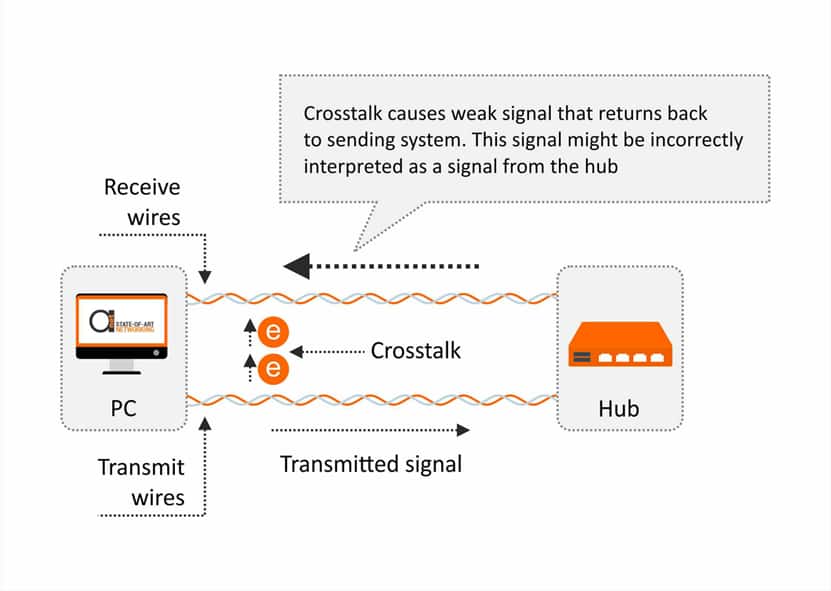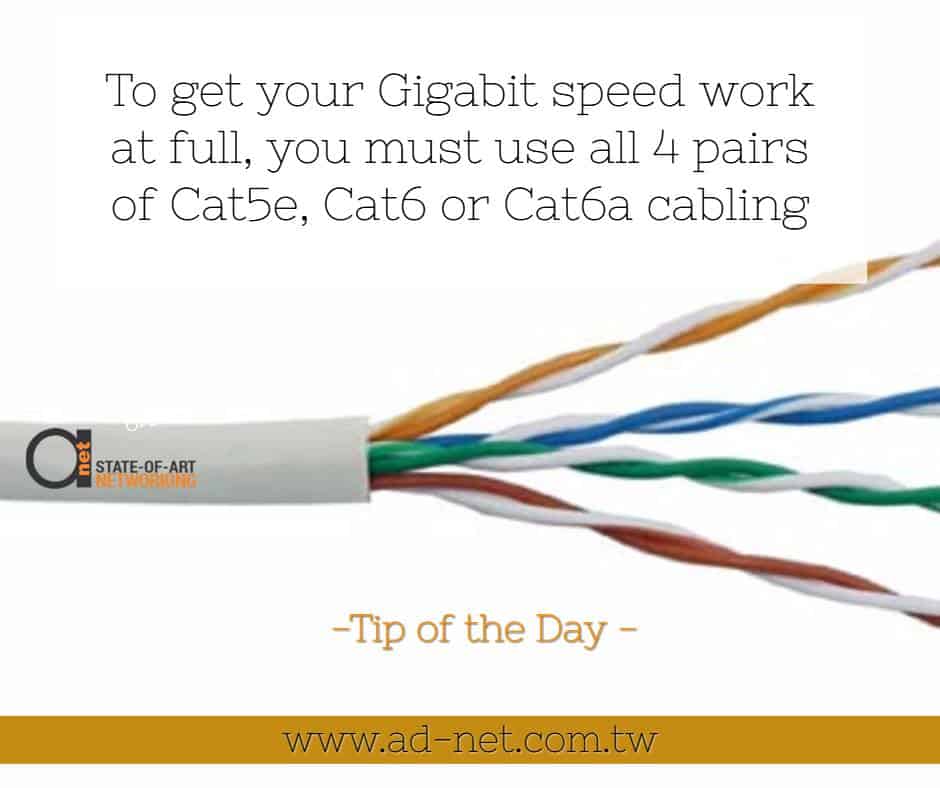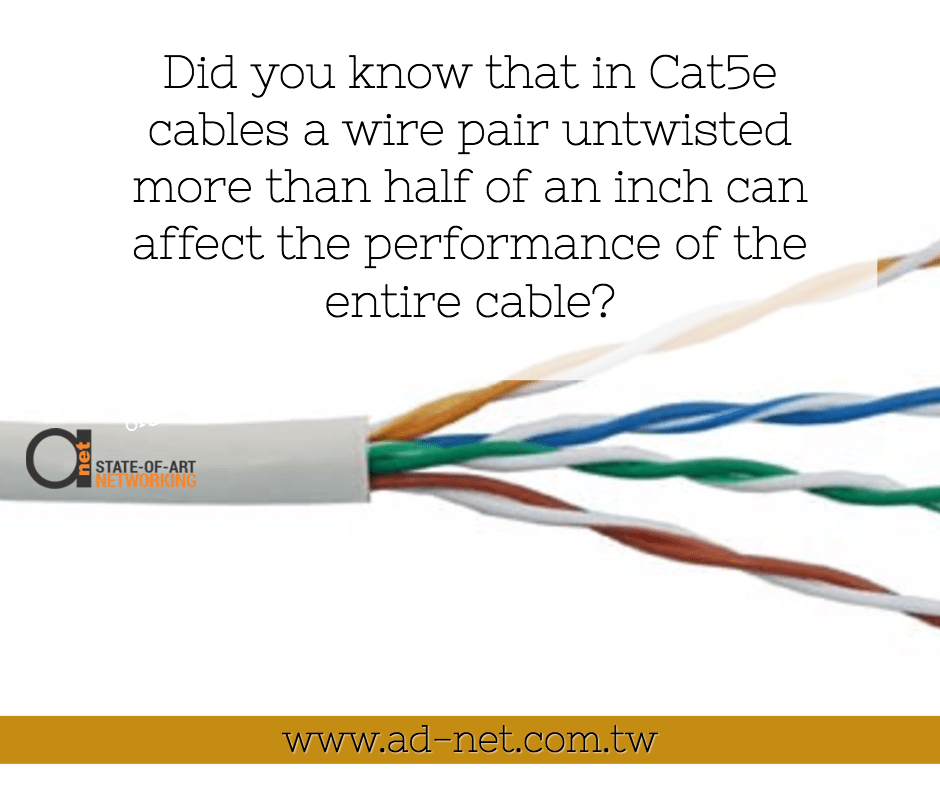Although we already started to discuss types of crosstalk some time ago on our blog in this article, it looks like that this topic is pretty popular, especially among student audience from our blog, so, because if this, we wanted go back to this important topic once again, but this time – delving more deeper, and this is going to be a series of 2 articles – we will discuss also Powersum crosstalk in another article.
Now, crosstalk can happen from various elements of cabling systems and in different locations. A comprehensive set of crosstalk measurements has been developed by industry to ensure that cabling systems meet the application for which they were intended. These measurements are discussed in this article.
Near-End Crosstalk (NEXT)
When crosstalk is detected on the same end of the cable as what the signal was generated, then near-end crosstalk has occurred. NEXT happens most often within 60 to 90 feet (20 to 30 m) of the transmitter.
Near-end crosstalk is illustrated in figure 1 below. The measure of NEXT is used to determine equal-level near-end crosstalk (ACR-N).

Figure 1: Near-End Crosstalk
When cables are poorly installed or poorly designed, crosstalk becomes a major problem with technologies such as 10Base-T and 100Base-TX.
When a cable is however installed correctly, NEXT is less of an issue when using 1000Base-T as the designers have implemented technologies to enable NEXT cancellation.
1000Base-T needs NEXT-cancellation techniques because all 4 pairs are used for both receiving and transmitting data.
If you follow our facebook page, where we post different interesting networking related concepts, you might remember this, from one of our Tip Of The Day:

Figure 2: Tip: Always use ALL 4 pairs of UTP cable for Gigabit Ethernet connections.
NOTE!
Cables with their twists undone (untwisted) can cause problems because the twists are there to help cancel crosstalk.
Twists are normally undone at the ends near connectors or patch panels when the cable is terminated. The signal received at the end of the cable will be the weakest on the receiving pair of wires in a cable, so that signal can be more easily interfered with.
And… again, this was one of the tips for our facebook page followers as well:

Figure 3: Never untwist pairs – this will increase possibility for cross-talk.
A higher amount of crosstalk than normal will be caused if the wires on adjacent transmit pairs are untwisted. Wire pairs in a cable should never be untwisted more than 0.5” for Category 5e, and 0.375” for Category 6 cables.
Far-End Crosstalk (FEXT)
This crosstalk is similar to NEXT except that it appears at the opposite end of the cable from where the signal was sent. The signals at the far end of the transmitting pair are much weaker than the signals at the near end due to attenuation.
The measured value of FEXT is used to determine equal-level far-end crosstalk (ACR-F). More FEXT will appear on a shorter cable than a longer one since the signal at the receiving end will have travelled less distance over which it could attenuate.


